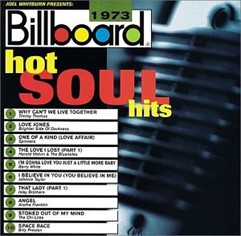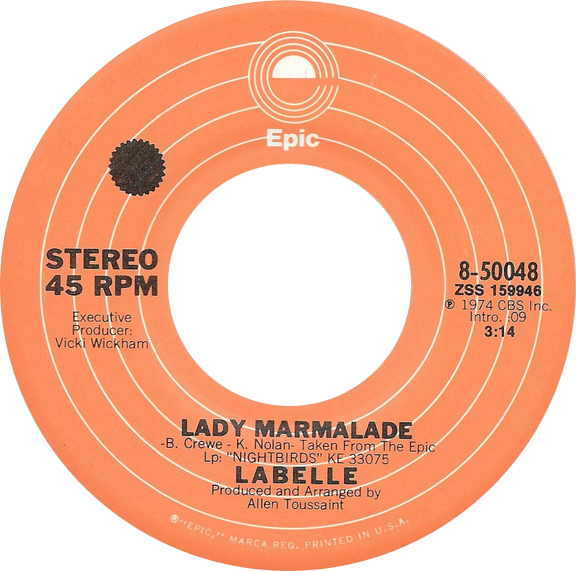
Hot Soul: 1970s

Billboard Hot Soul Chart 1973
Besides simply describing this era of music and its key performers, it is important to note during this time the label of "urban contemporary" grouped too many disparate music styles together just because they were "Black sounding," as was done in the past. As indicated in the music categorical list above, with Billboard's use of the chart name "soul" in 1969 as a replacement for the outdated term "rhythm and blues," it seems to be clear to them and other music executives that the word "soul" was more marketable than "rhythm and blues," and certainly more appropriate than the non-music style "urban contemporary" (though this term was used on radio).
Although the music categorized as Hot Soul during the 1970s was not significantly different, except those influenced by funk and disco, than 1960s soul music, the term itself garnered enough attention that it remained in use for nine years. One of the reasons why soul of the 1970s was not distinctly different than soul of the 1960s, is due to influences from popular performers of the 1960s that were still influencing the music during the 1970s. Some of these include James Brown, Ray Charles, Marvin Gaye, Aretha Franklin, and Stevie Wonder. Some of the performers that were influenced by the aforementioned performers include:
- Blue Magic (" Sideshow," 1974)
- BT Express (" Do It ('Til You're Satisfied)," 1974)
- William DeVaughn (" Be Thankful for What You Got," 1974)
- The Isley Brothers (" Summer Breeze" 1974)
- LaBelle (" Lady Marmalade," 1974)
- The New Birth (" Wild Flower," 1974)
- The Ojay's (" For the Love of Money," 1974)
- The Pointer Sisters (" How Long (Betcha Got A Chick On The Side)," 1975)
- Rufus featuring Chaka Khan (" You Got the Love," 1974)
- Dionne Warrick and The Spinners (" Then Came You," 1974)
- Bill Withers (" The Same Love That Made Me Laugh" 1975)
In a previous paragraph, it was mentioned that soul music was also being influenced by current styles of the day, namely funk and disco. It is for this reason we can see some difference between 1960s and 1970s soul. The table on the next page list some of these songs and their influences from funk and or disco.






